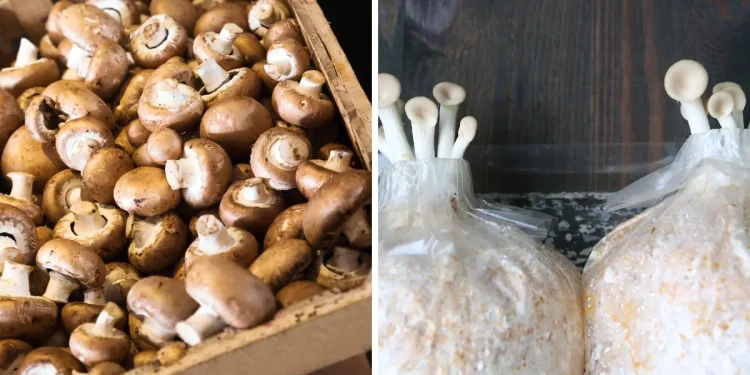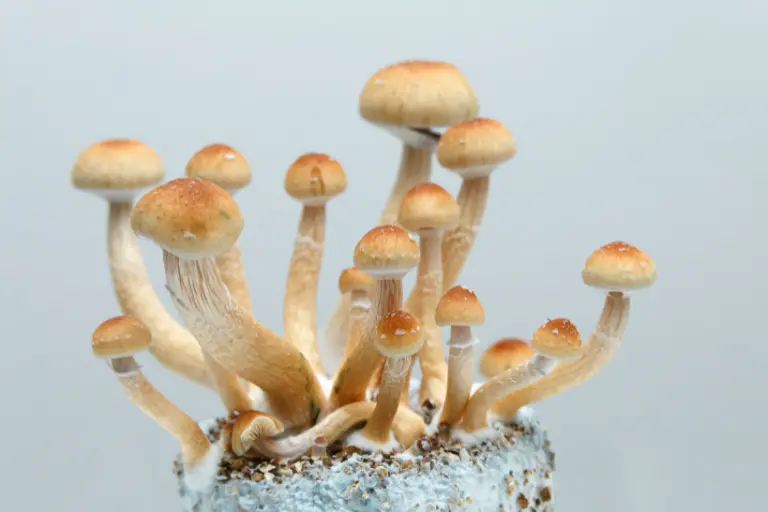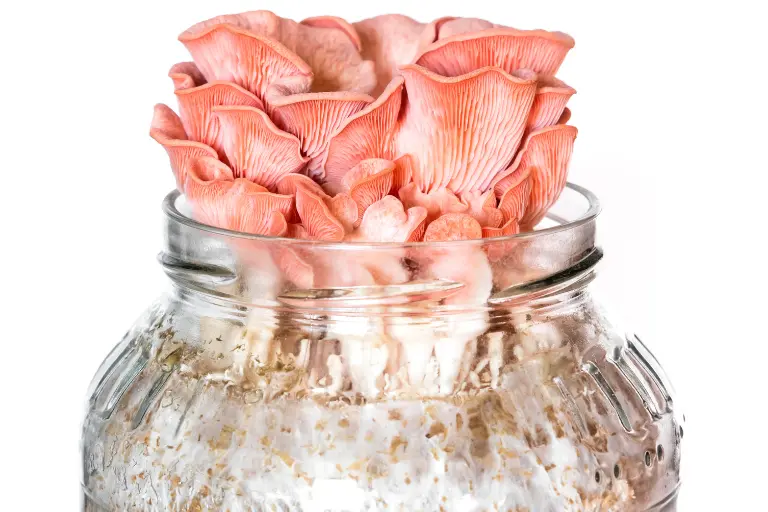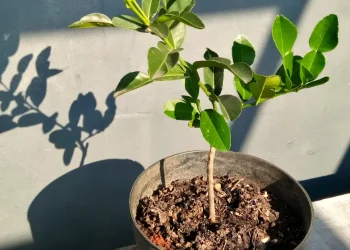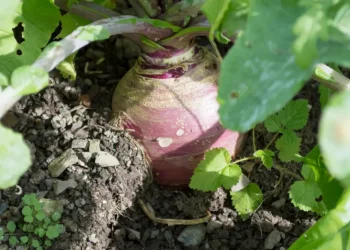Is there any other food that divides the society as much as mushrooms? One part absolutely loves them, while the other can’t stand them. Well, now you can annoy those who hate them even more because you’re about to learn how to propagate and grow mushrooms at home using store-bought ones.
So, yes, you can grow more mushrooms from store-bought mushrooms. The best part is it’s with minimal costs and basic supplies you already have at home. The worst part is that the result is not guaranteed.
For all these methods, we’ll be growing mushrooms from spores hidden inside the gills. That’s the only way to do it when working with store-bought mushrooms, as mushrooms typically won’t regrow from the stalks alone (unlike plants, which often sprout new growth from their stems). Occasionally, mushrooms can grow from the stalks if there’s still mycelium attached, but that’s usually not the case with fungi you pick up at the store.
Now without further ado, let’s take a look at how to grow mushrooms from the grocery store. I hope you’re ready because it’s nearly a scientific process.
How Mushrooms Reproduce
Let’s first try to get a better understanding of how mushrooms reproduce in nature. I always like to know what am doing and why, but if that’s not important to you, feel free to skip to the actual guide.
A mushroom’s lifecycle starts with spores that are blown by the wind. That’s tiny reproductive cells found in the gills.
When the spores find their way from the gills, it’s not won yet. The spores have to land on a suitable surface, some mushrooms grow exclusively on the side of a tree or in the soil. If the conditions are right, they germinate and develop into thread-like structures called mycelium.
This mycelium network expands, eventually forming a mushroom we recognize. The mycelium can often look like a white mold, and there can be small bits of undeveloped mycelium at the mushroom’s base (even from the grocery store). But don’t worry, if you see something like that, simply cut that part away. The rest of the mushroom is safe to eat.
Mycelium is this nearly infinite source for the next generations of mushrooms which can take over thousands of yards (or meters) of land. In fact, it’s considered the largest organism on Earth due to its extensive underground networks.
Since mushrooms from the store usually don’t have this mycelium attached to their stems, we’ll need to begin our journey right from the start, starting with the spores.
However, mushrooms need to reach a certain part of the development to have working spores. A stage that is called fruiting, when the mushroom opens its gills and lets the spores out. But many mushrooms sold at the store might be in a pre-spore stage.
But let’s give it a shot!
How to Grow your Own Mushrooms from Store-Bought Ones
I promised that growing your own mushrooms using store-bought ones would be like a little scientific experiment.
For whom you’ll need fresh mushrooms, of course. Aluminum foil, which we’ll sterilize in the oven first and use to gather the spores. A glass jar with a tray or a sealable box, a sterilized knife or a scalpel, and a bit of water. Don’t worry, everything will get clearer in a second.
1. Prepare for Taking a Spore Print
In this first step, we’ll prepare everything exactly as we need.
Start by choosing an area in your home without a draft. Close all your windows around. Then sterilize your working space and all your gear.
For each spore print, you’ll need approximately 8×8 inches (20×20 centimeters) of foil – but it’s safer to make a bigger one. We’ll place the mushroom cap on this foil, and once the spores are out, cover it with the second half of the foil. Place your foil squares into the oven for roughly an hour at 390°F (200°C) to sterilize it.
Disinfect your knife and your hands. Also, sterilize the box you’re going to use. Make sure not to touch the mushrooms, the foil, or anything else you’ll use with your dirty hands.
Once you have everything sterilized and the foil cooled down, let’s take the spore print.
2. Take the Spore Print
Now it’s time to extract the spores.
Take a mushroom and gently remove the stem – the stem must be removed completely, so with your knife, try to go under the very end partially inside the cap.
Then, place the cap gills down on your prepared aluminum foil. If the gills are too “glued” to each other, you can gently separate them a bit. If the mushroom is too try, you can place a few droplets of water on top of the cap. This will help release the spores.
And finally, place a jar on top of the mushroom or close the lid of your box.
Now leave it untouched for at least 24 to 36 hours. During that time, the spores should make a beautiful print on your foil. You can then slowly close it with the other half of the foil. When you properly store this foil envelope, the spores can last up to a year.
3. Create the Growing Medium and Plant your Mushrooms
With your spore print in hand, it’s time to prepare the nurturing environment for your future mushroom growth.
Mushrooms are pretty much very undemanding, and in my experience, they are able to grow almost in every medium However, we have a spore print from store-bought mushrooms, whose spores may still be too young to create mycelium, I’d recommend searching a bit for information about your specific mushroom variety.
For instance, mushrooms that grow in woody materials like oyster, shiitake, reishi, maitake, and lion’s mane mushrooms do very well in wood chips. A standard potting mix is also all alright.
Fill a clean container – a small plastic or glass container, ideally with a lid with your prepared growing medium and water it. Then sprinkle a small amount of spores evenly across the surface. Finally, seal the container tightly.
Place the containers in a warm, dark location. Over several weeks, you should start to see mycelium growth within the containers.
4. Harvest Grown Mushrooms
Depending on the type of mushrooms you are growing, you want to insert an inter-step to create a better environment for the growth.
Once the mycelium has formed, you may want to transfer a part of the growing medium together with the mycelium to another shallow container that will give you better control over the conditions. But it’s not always necessary, and you can simply leave the mycelium in the same container where it was initially inoculated with spores.
And after a few weeks, you should be able to harvest a whole bunch of fresh mushrooms. Mycelium has the potential to continue producing mushrooms, but you will generally see a first, big batch and a few subsequent flushes with eventual decline. But the spores you created at the beginning should suffice for multiple mushroom batches.

